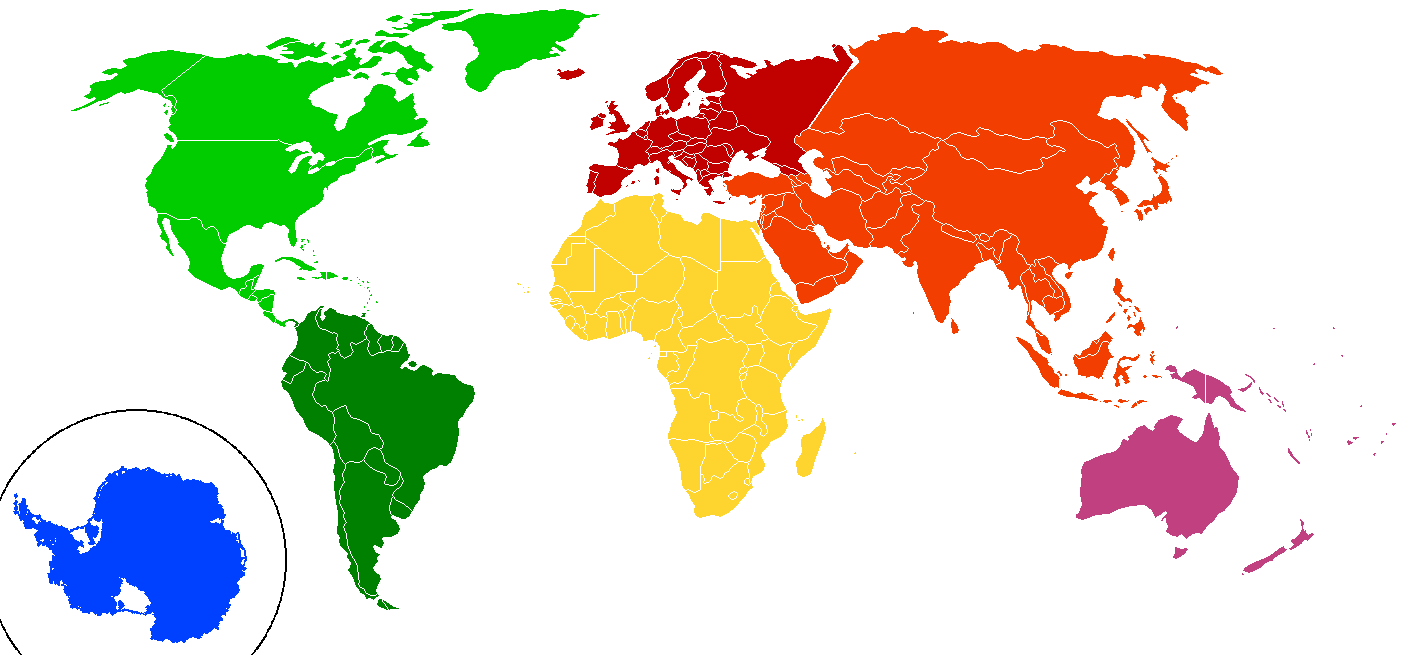Projected near future population growth varies greatly across the world. Different continents have very different prospects, influenced by a range of factors including economic development, cultural norms, government policies, and healthcare advancements. These variations offer an interesting view of how population dynamics might evolve in different regions of the world in the near future.

Europe’s projected population growth is the most subdued, primarily due to low birth rates and an increasing proportion of elderly citizens. Countries like Germany, Italy, and Spain are experiencing natural population declines as deaths outnumber births. These trends are leading to potential labour market challenges, increased healthcare demands for an aging population, and concerns about the long-term sustainability of social welfare systems. To address these issues, governments will implement policies that boost birth rates. This will make the ‘all-time high’ population number even higher than projected.
Asia, currently the most populous continent, exhibits a broad spectrum of demographic trends. While countries like India and Pakistan continue to experience explosive population growth due to high fertility rates, other countries in Asia like China and Japan are facing aging populations.
China’s previous one-child policy has resulted in demographic imbalances, leading to a shrinking workforce and a growing elderly population. They are reacting to this in much the same ways as European countries that face the challenges of an aging population.
North America’s population growth is relatively balanced, with natural increase and migration contributing to demographic changes. The United States and Canada maintain moderate fertility rates, which, combined with their healthcare and economic systems, contribute to steady population growth. Challenges in this region revolve around adapting to demographic changes, such as an aging population in the U.S. and ensuring sustainable development that meets the needs of a growing population number.
In South America, the population growth rate is moderate but varies significantly across the continent. Urbanization has played a significant role in demographic trends, with a majority of the population now living in urban areas. This shift has implications for resource allocation, infrastructure development, and environmental sustainability. Countries like Brazil and Argentina are focusing on urban planning and development strategies to accommodate their growing urban populations.
Australia and the Pacific islands of Oceania are experiencing steady population growth. Australia’s growth is bolstered by a combination of natural increase and migration, while the smaller Pacific island nations face unique challenges related to limited resources and the impacts of climate change. These nations are focusing on sustainable development and resilience-building strategies to cope with these challenges.
Africa is set to experience the most rapid population growth of any continent. With high fertility rates and improving mortality rates, the continent’s demographic profile is characterized by a young and growing population. This presents significant opportunities for economic development and innovation. However, it also poses substantial challenges in terms of providing adequate healthcare, education, and employment opportunities for a young population.
From the declining numbers in Europe to the explosive growth in Africa, each region’s demographic destiny is shaped by a unique combination of factors, including cultural values, governmental policies, economic conditions, and technological advancements. In the end, the challenges of near future population growth can only be solved by regular people. That is why Too Many, Too Much is not directed at governments, but at you.
© 2024 - World Population Limitation Movement | Website by Donkeys & Co.